Remember that super cool health teacher you had? The one who made learning about bodies, feelings, and staying safe actually interesting? Yeah, that could be YOU someday! Helping kids and teens navigate the wild world of growing up? That’s pretty amazing. So, you’re probably wondering: how do you become a health teacher? Buckle up, because we’re diving into this exciting journey!
Being a health teacher isn’t just about diagrams and food pyramids (though those are part of it!). It’s about empowering young people. You help them understand their bodies, build healthy relationships, make smart choices, and feel confident. It’s a job packed with meaning and impact. And guess what? The path to get there is totally doable. Let’s map it out step-by-step, just like planning a healthy snack!
Why Choose the Health Teacher Hero Path?
Before we get into the “how,” let’s talk about the “why.” Why would you want to be a health teacher?
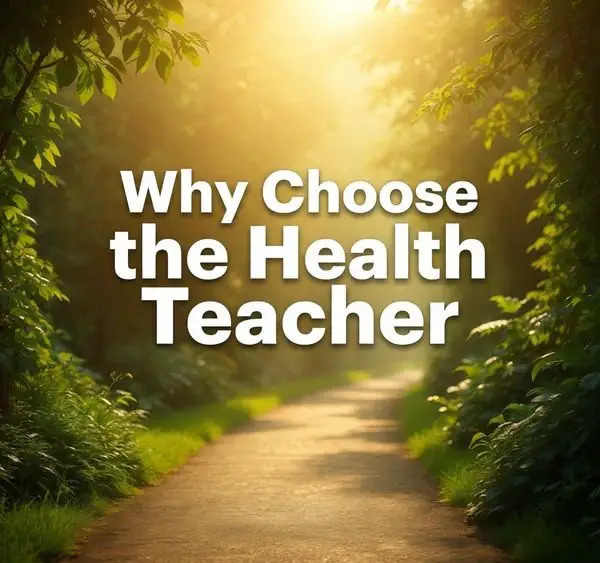
Think about Ms. Rivera, my high school health teacher. She didn’t just lecture. She created a safe space. When kids had awkward questions about puberty or stress, she answered calmly and honestly. She made learning about mental health feel normal and important. She showed us how to read food labels like detectives and practice CPR (we practiced on dummies, don’t worry!). Seeing the “lightbulb” moments when students truly understood how to take care of themselves? That’s pure magic.
- Make a Real Difference: You directly impact students’ well-being, shaping habits that last a lifetime.
- Every Day is Different: Teach about nutrition one day, healthy relationships the next, then maybe first aid! It’s never boring.
- Be a Trusted Guide: Students often confide in health teachers about things they might not tell anyone else. You become a vital source of support.
- Passion Power: If you love health, science, and helping people, this job lets you share that passion daily.
It’s challenging, sure. Sometimes topics are tough. But seeing students make healthy choices because of what you taught them? Worth it!
Step 1: Your Education Adventure Begins (Get Your Degree!)
So, how do you become a health teacher? It all starts with college. You need a bachelor’s degree. Think of it as your superhero training ground!

Most people take one of two main paths:
- The Health Science Route: Major in Health Science, Public Health, Kinesiology, or Exercise Science. This path gives you super-deep knowledge about the body, diseases, nutrition, and fitness. You become the health content expert!
- The Education Route: Major in Education with a concentration or minor in Health, Physical Education, or a related science field. This path focuses heavily on how to teach – lesson planning, classroom management, understanding how kids learn.
Which path is best? Honestly, both work! Check the requirements in the state where you want to teach (more on that soon). Often, you’ll need specific health-related coursework no matter your major. Think classes like:
- Human Anatomy & Physiology
- Nutrition
- Personal & Community Health
- Mental Health & Wellness
- Human Sexuality Education
- Substance Use & Abuse Prevention
- First Aid/CPR (often required for certification too!)
My friend Alex majored in Kinesiology. He loved sports science but realized his real passion was teaching teens why movement matters. He took extra education classes to prepare. My cousin Sarah knew she wanted to teach from day one. She majored in Education with a Health minor. Both are fantastic health teachers now!
Step 2: Teacher Boot Camp (Student Teaching & Prep Programs)
Knowing health stuff is great. Knowing how to teach it to teenagers? That’s a whole other skill! This is where teacher preparation comes in.

- Teacher Prep Program: If your bachelor’s degree wasn’t specifically in Education (like if you took the Health Science route), you’ll likely need to complete a state-approved teacher preparation program. This can be a post-bachelor’s certificate program or part of a Master’s degree (sometimes called a M.A.T. – Master of Arts in Teaching). These programs cover essential teaching skills.
- Student Teaching: This is the BIG one! It’s like your teaching internship. You get placed in a real classroom with a mentor teacher (a seasoned pro!). You start by observing, then gradually take over lessons, grade papers, deal with classroom dynamics – the whole shebang! It’s intense, sometimes exhausting, but incredibly valuable. This is where you truly learn the ropes.
Pro Tip: Treat student teaching like your longest, most important job interview. Work hard, ask questions, be enthusiastic, and build relationships with your mentor and the school staff. Many student teachers get job offers right from their placement school!
Step 3: Conquering the Tests (Certification Exams)
Okay, you’ve got the knowledge (degree) and the skills (student teaching). Now, you need to prove it to the state! This means passing certification exams.
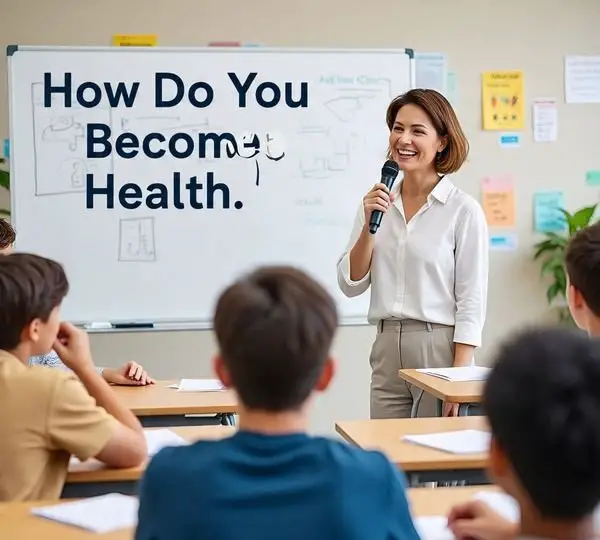
- General Teaching Exam: Most states require a basic skills test (like reading, writing, math) and a test on core teaching knowledge and practices (like the Praxis Principles of Learning and Teaching).
- Health-Specific Exam: This is crucial! You’ll take a test focused specifically on health education content. It covers everything from human development and disease prevention to mental health and safety. Examples: Praxis Health Education (5551) is common, or states might have their own test.
Don’t Panic! Your college courses and prep program should prepare you. Study guides and practice tests are your friends. Think of it as showing off all that awesome stuff you learned!
Step 4: Unlocking Your License (State Certification)
Passed your tests? Awesome! Now it’s time for the official paperwork – getting your teaching license or certificate. This is granted by your state’s Department of Education.

The process usually involves:
- Submitting official transcripts showing your bachelor’s degree.
- Providing proof you passed all required exams.
- Completing a background check (fingerprinting is standard).
- Applying (and paying a fee) to the state board.
- Possibly taking specific state-mandated courses (like Child Abuse Recognition).
Important! Requirements vary significantly by state. How do you become a health science teacher in Texas? It has specific rules! Always check your target state’s Department of Education website for the exact steps. (External Link: Texas Education Agency Certification Page)
Step 5: Your First Health Classroom! (Landing the Job)
License in hand? You’re officially ready to become a health teacher! Now, it’s job hunt time.
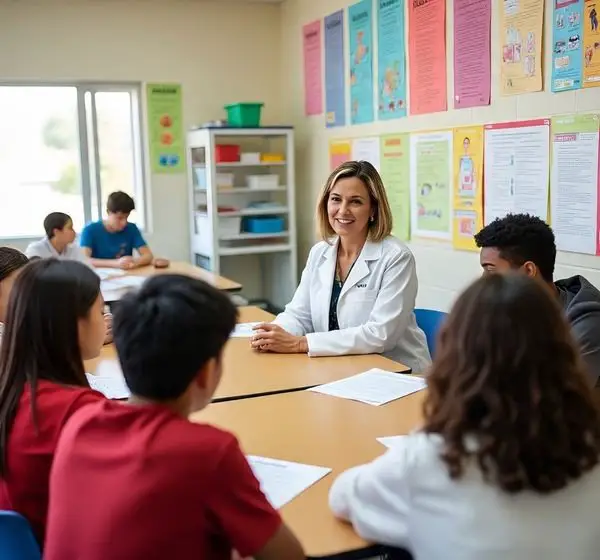
- Where to Look: School district websites are goldmines. Check their “Careers” or “Employment” sections constantly! Sites like SchoolSpring, K12JobSpot, and state-specific job boards are also great. Don’t forget networking – tell your professors, mentor teacher from student teaching, and anyone else in education that you’re looking.
- The Application: You’ll need a strong resume highlighting your education, certification, student teaching experience, and any relevant work (camp counselor, coach, tutor?). Your cover letter is your chance to shine – explain why you want to be a health teacher and what makes you awesome at it.
- The Interview: Be ready to talk about your teaching philosophy (how you believe students learn best), how you’d handle tricky topics, your classroom management style, and maybe even teach a mini-lesson! Be passionate, be yourself, and show you care about students.
Remember my friend Alex? He applied to over 20 schools before landing his dream job! Persistence pays off.
Bonus Level: Becoming a High School Health Star!
Wondering how do you become a high school health teacher specifically? The core steps (degree, prep, exams, license) are the same! The key differences often lie in:

- Content Depth: High school health often dives deeper into complex topics like advanced anatomy, in-depth mental health issues, comprehensive sexuality education, and public health policy. Your college coursework should reflect this level.
- Student Dynamics: Teens have unique needs. Teacher prep programs and your student teaching experience should focus on adolescent development and strategies for engaging older students.
- Certification: Your state license will specify the grade levels you’re certified to teach (often 7-12 for high school). Make sure your exams and program cover secondary education.
High school health is incredibly rewarding. You get to help students navigate critical life decisions right before they step into adulthood.
Frequently Asked Questions (Your Quick Answers!)
- What degree is best for a health teacher?
There’s no single “best” degree. Common choices are a Bachelor’s in Health Science, Kinesiology, Public Health, or Education with a Health concentration. The best degree meets your state’s certification requirements and your personal interests. Always check your target state’s rules! - What degree do most teachers need?
All public school teachers need at least a Bachelor’s degree. The specific major depends on what they teach. Elementary teachers often major in Elementary Education. Middle/high school teachers usually major in their subject area (like Math, History, Biology) or in Secondary Education with a subject focus, plus completing a teacher prep program. - How long does it take to become a health teacher?
Typically, it takes about 4 years to earn your bachelor’s degree. If you need additional teacher prep (like a 1-year certification program or Master’s), add 1-2 more years. Factor in time for exams and licensing paperwork. So, roughly 4-6 years total after high school. - Do I need a Master’s degree?
Not usually right away! Most states only require a Bachelor’s to start. However, some states require getting a Master’s within a certain number of years (like 5) after you start teaching to keep your license. Check your state’s rules! A Master’s can also help you earn more money. - Is health teaching in demand?
Demand varies by location, but health education is increasingly recognized as vital for student well-being! Positions in high schools and districts prioritizing comprehensive health programs are often available. Specialized skills (like experience with specific curricula) can make you more competitive. Check job boards in your desired area. - What’s the hardest part?
Many new teachers find classroom management (keeping students focused and respectful) or teaching sensitive topics challenging at first. Good training, mentorship from experienced teachers, and practice make it much easier! The rewards of making a difference far outweigh the challenges.
Your Journey Starts Now!
So, there you have it! How do you become a health teacher? It’s a journey of passion, learning, and dedication. Get your bachelor’s degree (in health science or education), rock your student teaching, pass those certification exams, get your state license, and land that amazing job! Remember Ms. Rivera and the impact she had? That could be your story.
It takes effort, sure. There will be late nights studying anatomy and lesson planning. But the chance to inspire young people, equip them with life-saving knowledge, and be a positive force in their lives? That’s priceless. Health teachers are everyday heroes, shaping healthier futures one lesson at a time.
Ready to take the first step?
- Explore! Look up Health Science or Education programs at colleges near you or online.
- Connect! Talk to a health teacher you admire. Ask them about their journey!
- Investigate! Visit your state’s Department of Education website to see their exact requirements.
- Dream Big! Imagine yourself in that classroom, making a real difference.
The world needs awesome health teachers. Why not make it you?
Read More: How to Start a Non Medical Home Health Care Business: Your Simple Guide

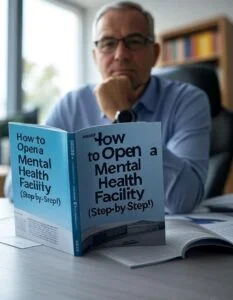



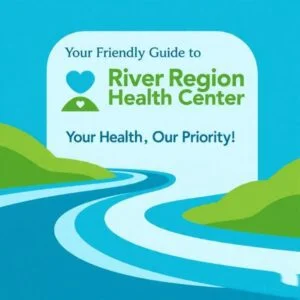





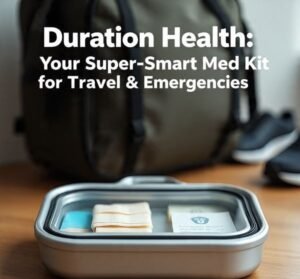

good post
Your writing style is so engaging. Can’t wait for the next post!